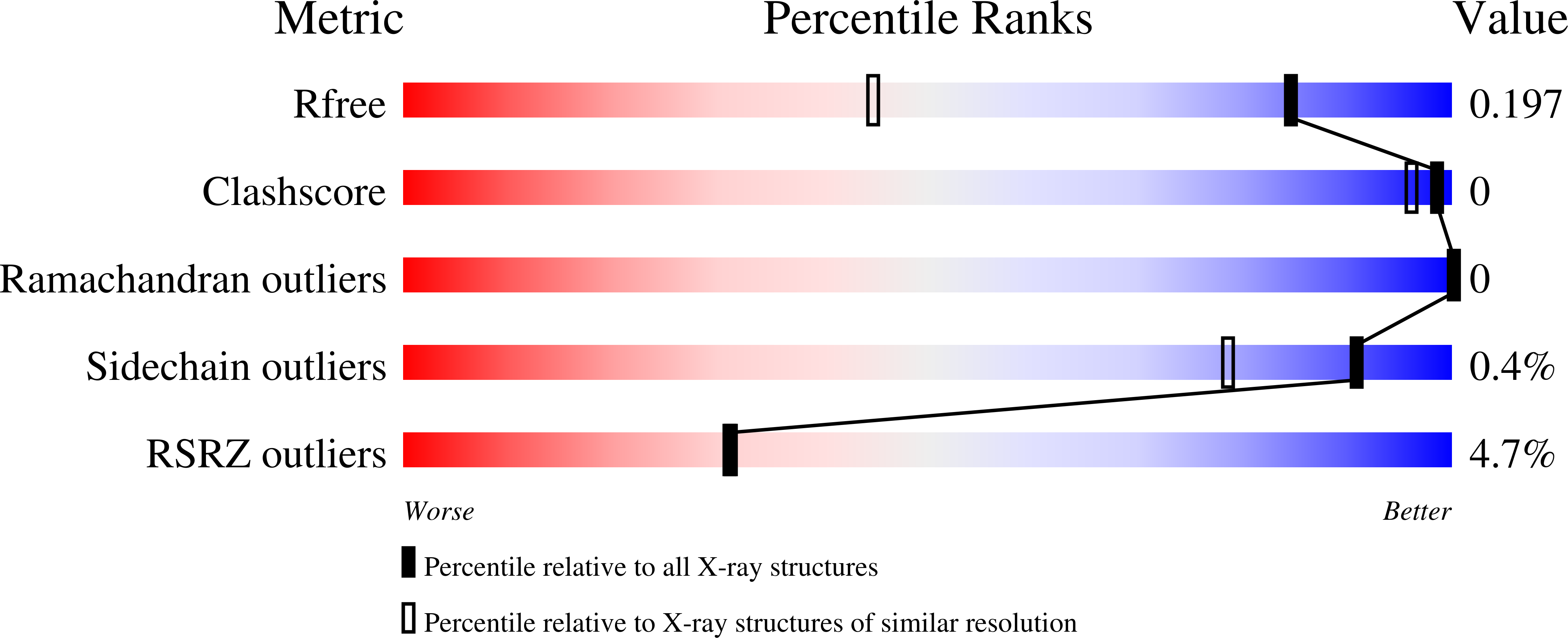
Deposition Date
2022-08-22
Release Date
2023-07-26
Last Version Date
2024-10-23
Entry Detail
PDB ID:
8E5R
Keywords:
Title:
Schistosoma mansoni (Blood Fluke) Sulfotransferase/CIDD-0150610 Complex
Biological Source:
Source Organism:
Schistosoma mansoni (Taxon ID: 6183)
Host Organism:
Method Details:
Experimental Method:
Resolution:
1.40 Å
R-Value Free:
0.19
R-Value Work:
0.16
R-Value Observed:
0.17
Space Group:
P 21 21 2


